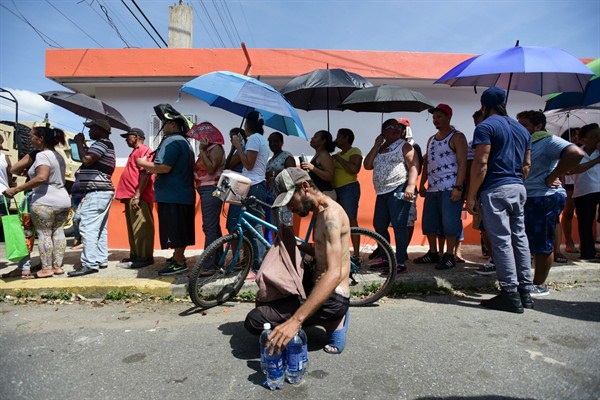This year’s Atlantic hurricane season has taken a heavy toll on the United States. After Hurricane Harvey first struck the Gulf coast in late August, Irma whirled over the Caribbean and Florida a few days later and, just last week, Maria left Puerto Rico absolutely devastated. In addition to the human suffering, the storms have strained U.S. energy infrastructure, raising serious questions about President Donald Trump’s energy policy and priorities.
Hurricane Harvey hit the heart of the U.S. energy industry as a Category 4 hurricane, making landfall near Houston, Texas, on Aug. 26. That stirred memories of Hurricane Katrina in 2005, which temporarily wiped out 95 percent of oil production in the Gulf of Mexico, prompting the member states of the International Energy Agency, or IEA, to release emergency oil stocks—only the second time in history they had done so.
Yet Harvey had less of an impact, temporarily disrupting about 800,000 barrels of daily oil production at its height. Roughly half of this figure was from offshore production, where 105 oil platforms were evacuated in precaution, although the storm inflicted limited actual damage to that infrastructure. The other half came from the onshore shale production in the Eagle Ford shale patch, where production was shuttered before the storm and then impeded by the flooding. Even so, Gulf oil production returned to pre-storm levels quite quickly.

